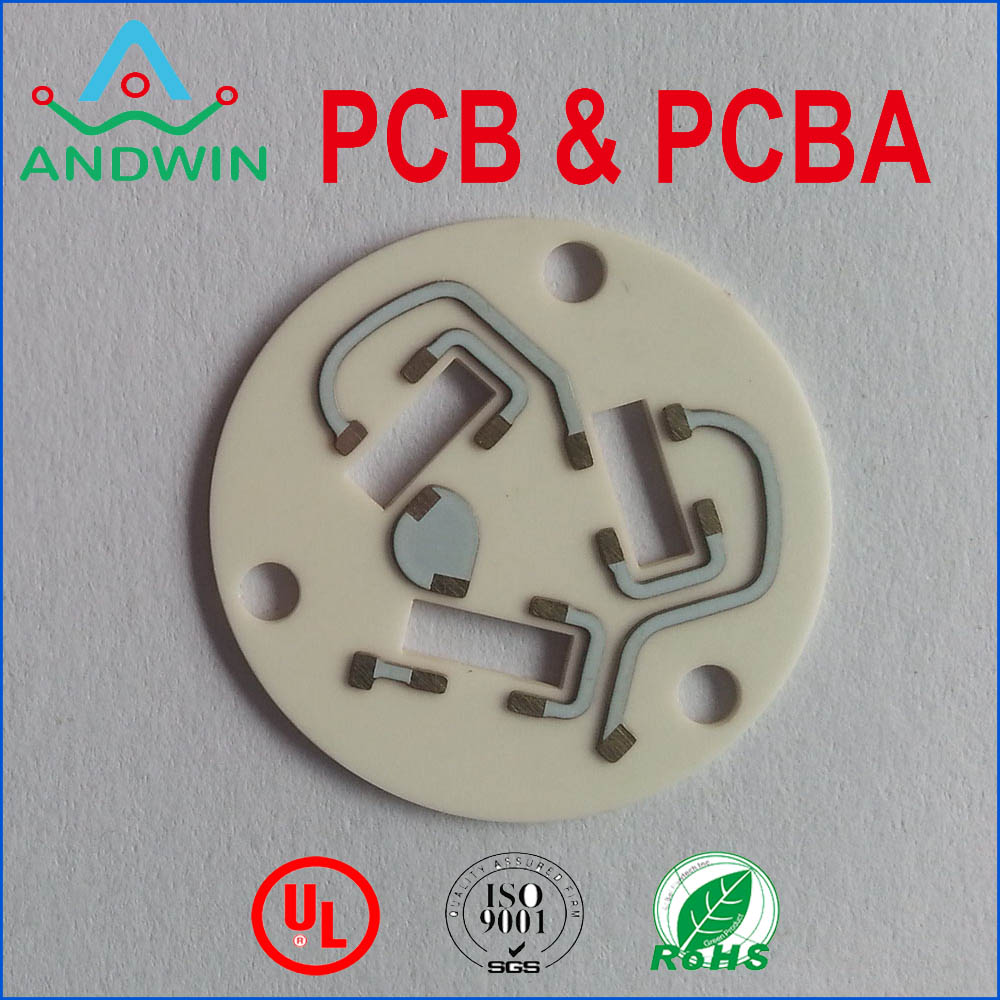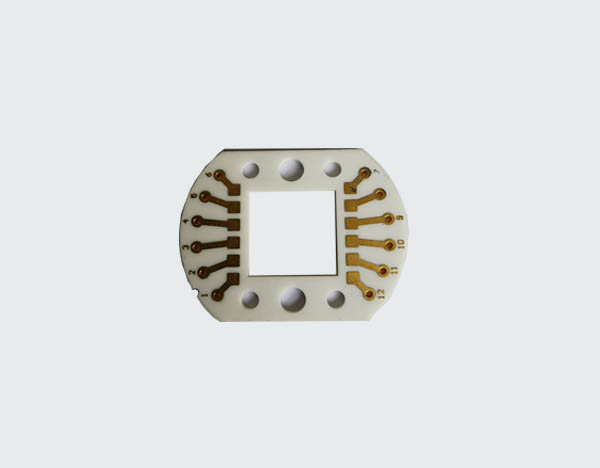Ceramic Brush PCB, Also known as ceramic brush plated circuit board
Ceramic brush PCB, also known as ceramic brush plated circuit board, is a type
of printed circuit board (PCB) that incorporates ceramic materials in its construction.
It is a relatively new technology that combines the benefits of both ceramic and PCB
materials, offering improved performance and reliability in various electronic applications.
Traditional PCBs are typically made of layers of fiberglass or other resin-based materials
with copper traces and vias. These materials provide good electrical conductivity and
mechanical strength. However, they have limitations in terms of thermal conductivity,
high-frequency performance, and miniaturization. Ceramic materials, on the other hand,
possess excellent thermal conductivity, high-frequency characteristics, and stability at high temperatures.
![$A(UJX8@QW5I4AD3PEY%]32](https://www.andwinpcb.com/wp-content/uploads/2023/06/AUJX8@QW5I4AD3PEY32.png)
The concept behind ceramic brush PCB is to integrate ceramic materials into the PCB
structure to enhance its performance in specific applications. This is achieved by replacing
or supplementing the traditional PCB materials with ceramic materials. The ceramic material
can be in the form of a thin layer, coating, or embedded within the PCB structure.
There are several advantages of using ceramic brush PCBs in electronic devices. Firstly, the
high thermal conductivity of ceramic materials allows for better heat dissipation, which is crucial
in power electronics and high-power applications. This helps in reducing the operating temperature
of the components, increasing their lifespan, and improving overall system reliability.

Secondly, ceramic brush PCBs offer improved high-frequency performance. The
low dielectric constant and loss tangent of ceramic materials enable better signal
propagation and reduced signal distortion, especially at high frequencies. This
makes them suitable for applications such as RF (radio frequency) circuits, microwave
devices, and high-speed digital circuits.
Thirdly, ceramic brush PCBs exhibit excellent stability at high temperatures. Traditional
PCB materials may degrade or lose their electrical properties at elevated temperatures,
limiting their use in high-temperature environments. Ceramic materials, on the other hand,
can withstand extreme temperatures without significant degradation, making ceramic brush
PCBs suitable for automotive, aerospace, and industrial applications where high-temperature operation is required.

Furthermore, ceramic brush PCBs can provide miniaturization benefits. The high
mechanical strength of ceramic materials allows for thinner and smaller PCB designs,
enabling the integration of more components in a limited space. This is particularly
advantageous in portable electronic devices and miniaturized systems where size and weight reduction are critical.
In terms of manufacturing, ceramic brush PCBs can be fabricated using various techniques.
One common method is the brush plating process, where a conductive layer is selectively
deposited onto the ceramic substrate using a brush or applicator. This allows for precise
control of the plating thickness and pattern, enabling the creation of complex circuitry on the ceramic surface.
Another method involves laminating thin ceramic layers with copper foil and other PCB materials,
creating a multilayer structure. The ceramic layers can be made from materials such as alumina
Al2O3), aluminum nitride (AlN), or silicon nitride (Si3N4), depending on the specific requirements of the application.
Despite the numerous advantages, there are also some challenges associated with ceramic
brush PCBs. One challenge is the high cost of ceramic materials compared to traditional PCB
materials. Ceramic materials are more expensive and require specialized manufacturing
processes, which can increase the overall production cost of ceramic brush PCBs.
Another challenge is the brittleness of ceramic materials. Ceramic brush PCBs may be more
susceptible to mechanical stress and impact compared to traditional PCBs, which can lead to
cracking or failure if not handled properly. Therefore, careful handling and appropriate design
considerations are necessary to ensure the reliability and durability of ceramic brush PCBs.
In conclusion, ceramic brush PCBs offer significant advantages in terms of thermal conductivity,
high-frequency performance, high-temperature stability, and miniaturization. They are a promising
technology for various electronic applications, particularly those requiring improved heat dissipation,
signal integrity, and reliability. However, the higher cost and brittleness of ceramic materials should
be taken into account during the design and manufacturing processes. With further advancements
in materials and manufacturing techniques, ceramic brush PCBs have the potential to revolutionize
the electronics industry and enable the development of more efficient and compact electronic devices.
Other PCB products, you may interesting









